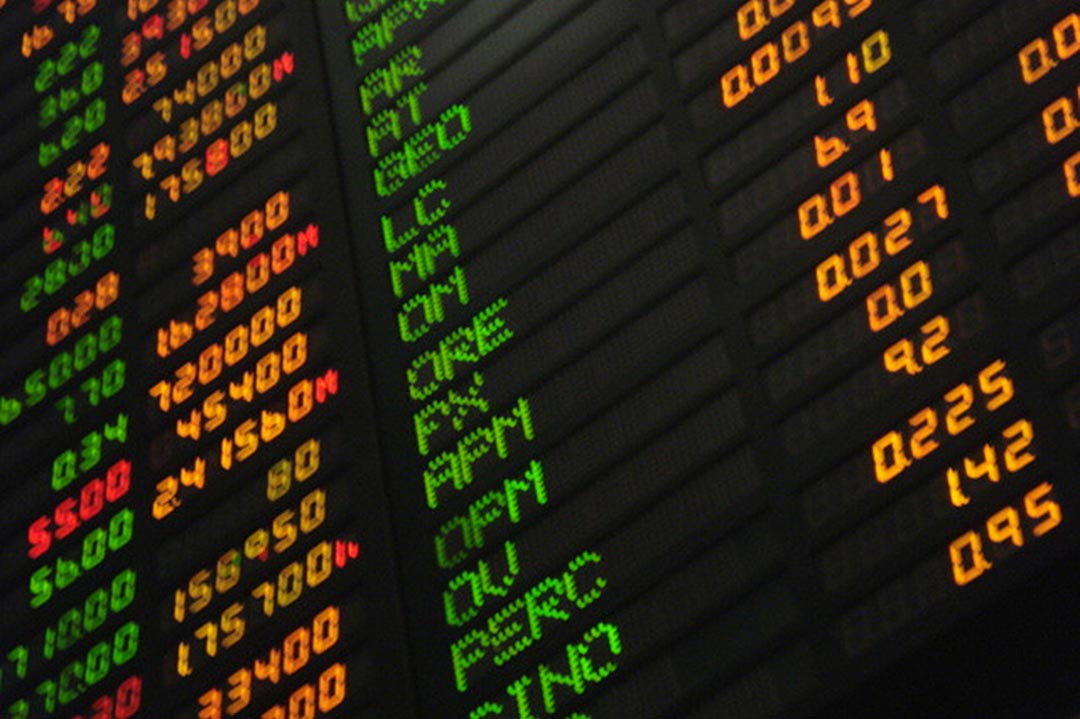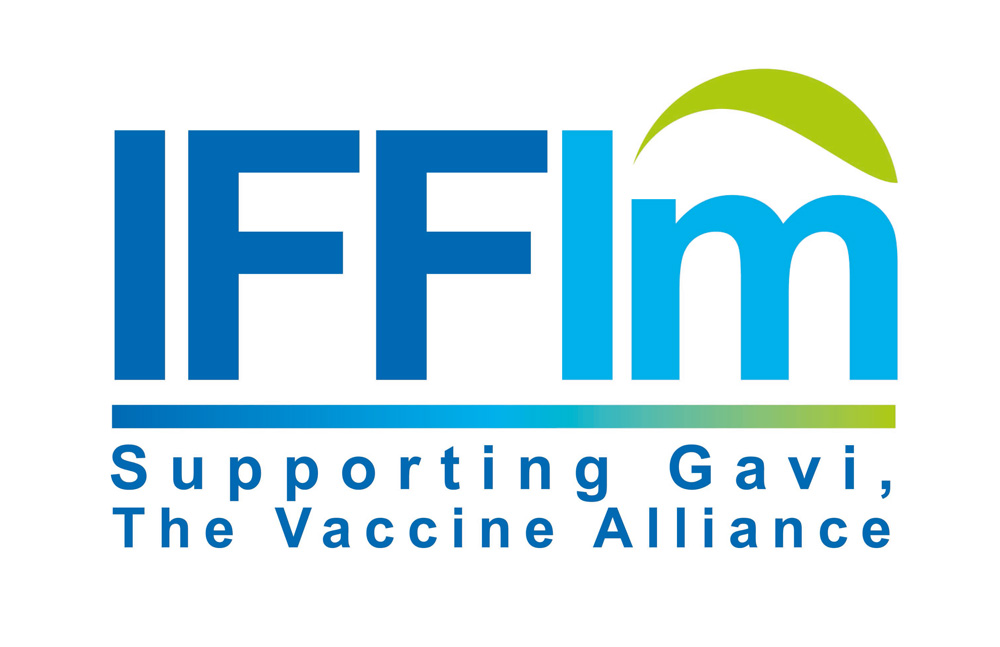"Pure play" Environmental, Social and Governance bonds have arrived in the bond market. What needs to happen now?
"Pure play" Environmental, Social and Governance bonds have arrived in the bond market. What needs to happen now?
18 January 2024

Credit: Katrina.Tuliao - Flickr, CC BY 2.0
There is an investor base eager to find opportunities that can tackle the biggest public challenges of our time. Now is the time to tap it.
There is an investor base eager to find opportunities that can tackle the biggest public challenges of our time. Now is the time to tap it.
By Kenneth G Lay, IFFIm Board Chair
It has now been more than 15 years since the World Bank responded to major Nordic pension funds' insistence that the proceeds of their bond investments be directed exclusively to environmentally friendly activities. Around the same time, the European Investment Bank issued its "climate awareness bond". Thus were born the first "green bonds".
Since then, more than US$ 4 trillion has been raised in thousands of transactions in debt capital markets. Moreover, the basic concept has broadened to include transactions funding investments with social benefits and rewarding issuers' responsible governance practices.
From the start it has been a challenge to ensure that the issuers of these securities direct the proceeds appropriately and implement governance policies as represented. Green bond issuers have included corporations in industries such as automotive, chemicals, and oil and gas. And money is fungible, of course: green bond proceeds that an issuer uses for a laudable "green" purpose may also free up funds that then will finance less laudable activities.
In 2022, for example, a major US rail company won a high-profile award for issuing the "corporate green bond of the year" – a US$ 500 million issue said to "improve the fuel efficiency of its locomotive fleet and invest in intermodal terminals to promote the shift of freight from trucks to train". At the same time, the company says it operates "the largest and fastest coal loading pier in the Northern Hemisphere". Clearly, things can get complicated for investors trying to incorporate "sustainability" in their investment policies.
The World Bank and other MDBs, of course, don't face these challenges, since they have a broad public purpose – eradicate extreme poverty on a liveable planet – and a governance framework aimed at ensuring that resources are used for that purpose. Building on these favourable characteristics, since it issued its first green bond, the World Bank has broadened its approach, offering "sustainable development bonds" as part of its holistic approach to financing global public goods.
Another category of issuer, meanwhile, avoids these concerns altogether, and for one simple reason: their funding is directed exclusively to activities furthering the important humanitarian and environmental objective for which they are created. These "pure play" issuers gained growing support from the investment community, and they deserve even more in the years to come.
Look at the International Finance Facility for Immunisation (IFFIm): as one of the world's original "social bond" issuers, IFFIm exists solely to finance Gavi, the Vaccine Alliance, by frontloading pledges from sovereign sponsors to support Gavi's breakthrough vaccination work in lower-income countries. More recently, IFFIm also has supported responses to the Ebola and COVID-19 crises.
There is a direct connection between IFFIm investors and protecting the poor in lower-income countries from deadly disease.
While IFFIm doesn't leverage its sponsors' pledges in the conventional sense, it adds materially to their respective fiscal-management toolkits by spreading grant payments into the future, while enabling deployment today of the needed resources.
IFFIm has a clear and singular purpose: immunisation, which is one of the best health interventions in the world. Gavi estimates it has immunised a billion children, saving 17 million lives over the last two decades. IFFIm investors have helped Gavi achieve this milestone by financing it to the tune of US$ 5.8 billion – 18% of Gavi's budget. There is a direct connection between IFFIm investors and protecting the poor in lower-income countries from deadly disease.
So, IFFIm offers its investors the proverbial "double bottom line": a competitive rate of return and the indisputable social and economic benefits of vaccinating the neediest today, thus avoiding the huge costs of treating multiple diseases in the future. And for the sovereigns supporting its finances, it offers valuable fiscal flexibility. In IFFIm's case, investors harvest a humanitarian premium – sometimes called a "vaccinium" – a measurable social impact added on to a competitive yield. And with climate change raising the likelihood of more disease outbreaks, Gavi's work and IFFIm's financial support is even more essential.
Pure play bonds like IFFIm's are not only here now; they are the future. Given the climate and health challenges we face and the realities of the global financial markets – particularly the debt capital markets – we need to focus on ways to aggregate thematically consistent activities, quantify and document the potential for avoided cost, mitigate risk through diversification and bring forward transactions with the scale needed to access global investors' high-grade, liquid bond portfolios.
There are many more ways that pure play bonds can tap the debt capital markets cost-effectively and with little or no application of scarce public credit from multilateral or national development banks. For example, a bond issued by a facility that aggregates urban energy efficiency investments across both higher- and lower-income countries could attract the credit rating and provide the scale necessary to draw funding from the liquid, investment-grade allocations in investors' portfolios.
Standing up these transactions is complicated, of course, and margins for investment bankers in the liquid, high-grade segment of the debt capital market are skinny. There's an important role for institutions such as the multilateral development banks or other not-for-profits to use their expertise and convening power to arrange these transactions and prepare them for underwriting and distribution by the usual players. Much to their credit, the World Bank and the Global Environment Facility are moving in this direction, as are the Humanitarian Finance Forum (hosted by the British Red Cross) and others.
But a great deal more needs to be done – there is an investor base eager to find opportunities that can tackle the biggest public challenges of our time, and do it with the risk-adjusted returns they owe their beneficiaries. Now is the time to tap it.
 | This article is republished from VaccinesWork under a Creative Commons license. Read the original article. VaccinesWork is an award-winning digital platform hosted by Gavi, the Vaccine Alliance covering news, features and explainers from every corner of global health and immunisation. |
Share this article
Restricted Access Library
 The material in this Restricted Access Library is intended to be accessed only by persons with residence within the territory of a Member State of the European Union and is not intended to be viewed by any other persons. The material in this Restricted Access Library is provided by IFFIm for information purposes only and the materials contained herein were accurate only as of their respective dates. Certain information in the materials contained herein is not intended to be, and is not, current. IFFIm accepts no obligation to update any material contained herein.
The material in this Restricted Access Library is intended to be accessed only by persons with residence within the territory of a Member State of the European Union and is not intended to be viewed by any other persons. The material in this Restricted Access Library is provided by IFFIm for information purposes only and the materials contained herein were accurate only as of their respective dates. Certain information in the materials contained herein is not intended to be, and is not, current. IFFIm accepts no obligation to update any material contained herein.
Persons with residence outside the territory of a Member State of the European Union who have access to or consult any materials posted in this Restricted Access Library should refrain from any action in respect of the securities referred to in such materials and are otherwise required to comply with all applicable laws and regulations in their country of residence.
By clicking Access restricted content: DYNAMIC-LINK-TEXT I confirm that I have read and understood the foregoing and agree that I will be bound by the restrictions and conditions set forth on this page.
The materials in this Restricted Access Library are for distribution only to persons who are not a "retail client" within the meaning of section 761G of the Corporations Act 2001 of Australia and are also sophisticated investors, professional investors or other investors in respect of whom disclosure is not required under Part 6D.2 of the Corporations Act 2001 of Australia and, in all cases, in such circumstances as may be permitted by applicable law in any jurisdiction in which an investor may be located.
The materials in this Restricted Access Library and any documents linked from it are not for access or distribution in any jurisdiction where such access or distribution would be illegal. All of the securities referred to in this Restricted Access Library and in the linked documents have been sold and delivered. The information contained herein and therein does not constitute an offer for sale in the United States or in any other country. The securities described herein and therein have not been, and will not be, registered under the U.S. Securities Act of 1933, as amended (the "Securities Act"), and may not be offered or sold in the United States except pursuant to an exemption from, or in a transaction not subject to, the registration requirements of the Securities Act and in compliance with any applicable state securities laws.
Each person accessing the Restricted Access Library confirms that they are a person who is entitled to do so under all applicable laws, regulations and directives in all applicable jurisdictions. Neither IFFIm nor any of their directors, employees, agents or advisers accepts any liability whatsoever for any loss (including, without limitation, any liability arising from any fault or negligence on the part of IFFIm or its respective directors, employees, agents or advisers) arising from access to Restricted Access Library by any person not entitled to do so.
"Relief" for mothers in Bayelsa state as malaria vaccine makes waves
07 November 2025
